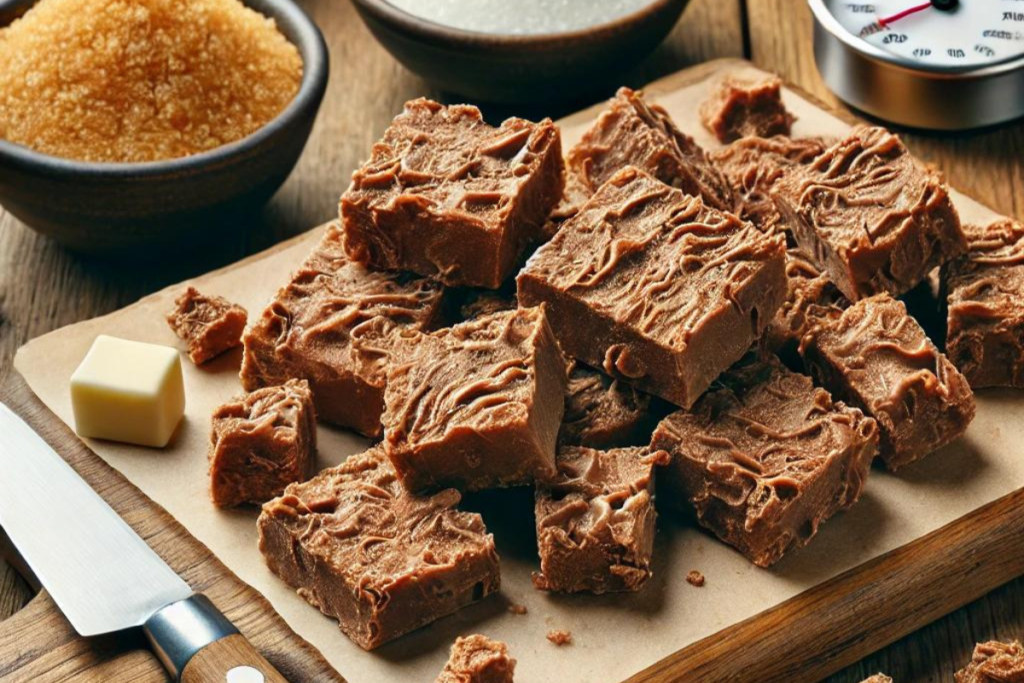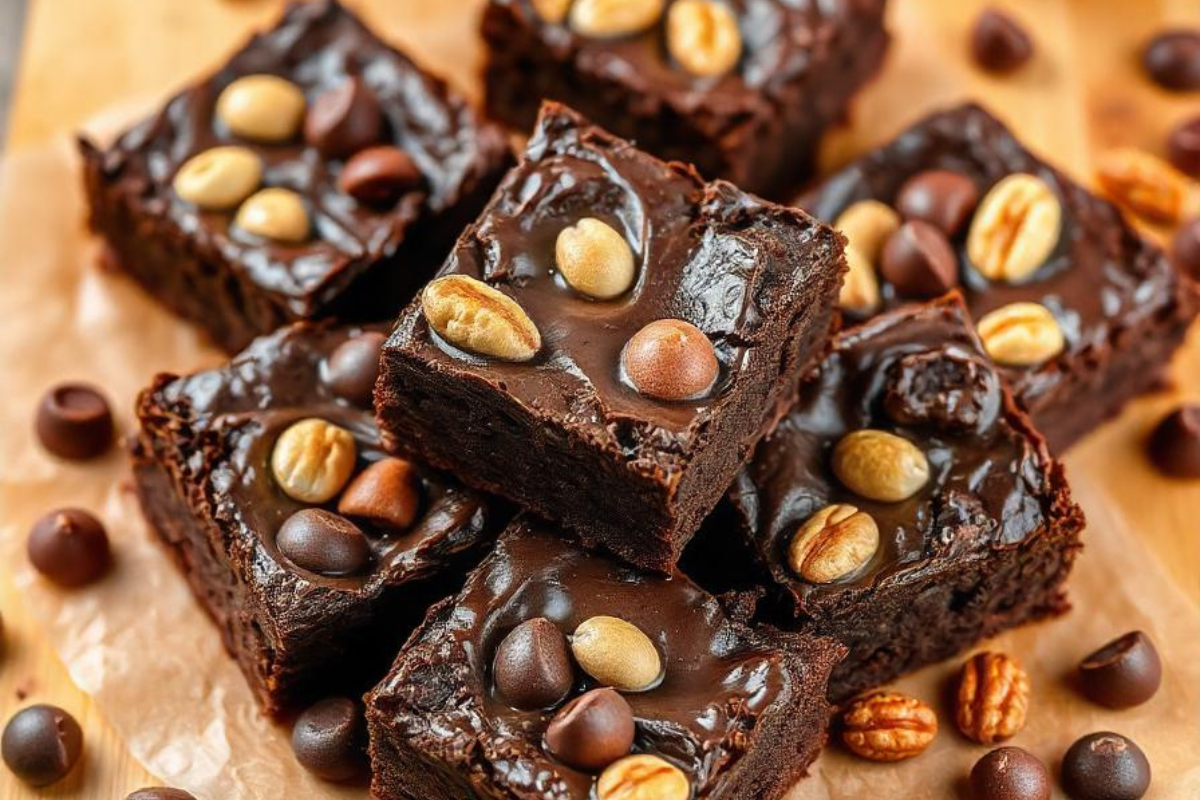Fudge is a delightful treat loved for its smooth and creamy texture. However, sometimes, you might end up with an unexpected crunch. The cause often lies in sugar crystallization, which affects fudge texture. Understanding this process can help you achieve the perfect consistency, whether you want your fudge creamy or intentionally crunchy.
Causes of Crunchy or Grainy Fudge

The most common reason for crunchy fudge is the formation of sugar crystals during the cooling process. Several factors contribute to this issue:
- Sugar Crystallization: If the sugar doesn’t dissolve appropriately during cooking, it forms seed crystals, which grow and lead to a grainy texture.
- Overcooking: Cooking fudge at too high a temperature or too long can cause moisture loss, resulting in a more complex, crunchy texture. You can find more details in guides like the one on crispy fudge squares.
To understand what leads to grainy fudge, you can add corn syrup or other liquid sugars to prevent large crystals from forming.
Common Mistakes That Lead to Grainy Fudge
Several mistakes in the cooking process can cause your fudge to turn crunchy or grainy. Here are some things to avoid:
- Overbeating: Beating the fudge mixture for too long encourages large sugar crystals to form, resulting in a gritty texture.
- Improper Cooling: Cooling the fudge too quickly or stirring it prematurely can also result in crystallization. You can explore similar techniques in guides, such as how to make crispy wafers.
Avoiding these common errors will help ensure a smooth, creamy texture in your fudge.
Adding Crunch to Fudge with Ingredients
If you want to add a controlled crunch to your fudge, consider using specific ingredients rather than unintentionally creating graininess:
- Nuts: Pecans, almonds, or walnuts can add a natural crunch to your fudge.
- Candy Mix-ins: Crushed candies like toffee or chocolate bars provide an intentional crunchy texture.
- Dried Fruits: While more chewy than crunchy, dried fruits like cranberries or raisins add a contrasting texture.
By adding these ingredients, you can achieve the right texture balance without causing unintentional graininess.
How to Prevent Unwanted Crunch in Fudge
If you want to avoid a grainy texture, follow these essential steps:
- Control the Temperature: Use a candy thermometer to ensure the fudge reaches between 234°F and 240°F. This helps prevent sugar crystallization.
- Dissolve the Sugar Properly: Make sure all the sugar dissolves before boiling. Undissolved sugar often leads to a gritty result.
- Stir at the Right Time: Stirring too early or often during cooling causes crystals to form. You can find more texture tips in guides, such as crispy skin on salmon.
These techniques will help you achieve a smooth, creamy fudge texture.
How to Fix Grainy or Crunchy Fudge
If your fudge already turned out crunchy or grainy, don’t don’t—there are ways to fix it:
- Reheat and Resoften: Gently reheat the fudge with cream or milk to dissolve the sugar crystals. This softens the texture and brings back smoothness.
- Add More Liquid: Incorporating butter or cream while reheating helps break up the crystallized sugar and restore the intended texture.
These simple techniques can save a batch of fudge that turned out gritty or brutal.
FAQs About Fudge Texture
Why is my fudge grainy?
Grainy or crunchy fudge is often the result of sugar crystallization, which occurs when the sugar wasn’twasn’t dissolved or cooled too quickly.
Can I use different sugars to prevent graininess?
Yes, liquid sugars like corn syrup can help prevent crystallization, ensuring a smooth fudge texture.
How can I intentionally add crunch to fudge?
Add nuts, dried fruits, or crushed candy pieces to your recipe to add crunch.
Understanding the causes of grainy fudge and learning how to control sugar crystallization is vital to mastering fudge. Following proper techniques like controlling temperature and timing your stirring can avoid a crunchy texture and create a perfectly smooth, creamy treat. For further inspiration, explore recipes like crispy fudge squares and crispy wafers.
With these insights, you’ll be able to make fudge that meets your texture preferences, whether smooth or crunchy!
